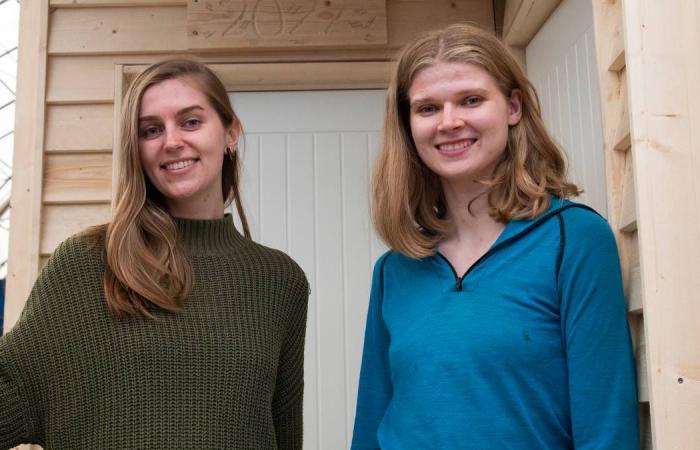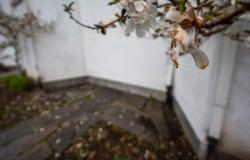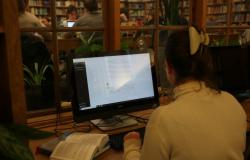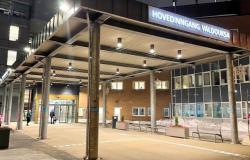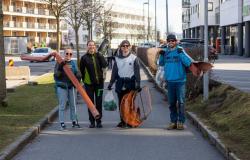Every year, thousands of people visit the cabins of the Norwegian Tourist Association (DNT).
– It is a lot smaller than the usual cabin size.
Anneli Kolås tells NRK.
The cabin she is talking about is part of the master’s project of Kolås and four fellow students at NTNU.
Together with fellow students Julie Nyland Nilsen, Sanja Morzycki and Anastacia Tsivileva, they have developed a prototype of the future DNT cabin.
They have been working with the cabin for half a year, and now only the finishing touches remain.
Sanja Morzycki and Anneli Kolås hope the new cabin will be well received.
Photo: Kåre Riibe Ramskjell / NRK
Sustainable cottage concept
– The private cottage market is spreading. In order for us to achieve the climate goals, we must have a more sustainable cabin concept, says Kolås.
Before, most cabins were without neighbors. There are fewer and fewer of these.
Of a total of 473,000 leisure buildings in Norway, 50 per cent are in densely populated fields. Since 2014, the percentage has increased by 3 percent.
– Today we can safely say that people have greater demands on comfort. There must be road, water and electricity. This infrastructure is expensive if it is only a cabin, professor of social anthropology at the University of Oslo, Marianne Lien, told NRK earlier this spring.
But this cottage goes away from all this. There is no running water here. There are few beds. Electricity does not exist, and wood consumption must be minimal.
The new tourist cabin has four beds. In total, it is nine square meters.
Photo: Kåre Riibe Ramskjell / NRK
In July, the cabin can be found out in nature, as a tourist association cabin on Nordlandsruta by today’s Tjoarvi cabin by Sulitjelmafjellan.
Then the project period starts at 2 to 3 years.
Then you should learn a lesson and make the compact cabin experience even better.
Will be more sustainable
– Why not just build a regular cabin?
– A large cabin requires a lot of materials. They use a lot of energy, even when not in use. It is not very sustainable if you have many large cabins around, says Kolås.
Several of the DNT cabins are dependent on being able to transport large quantities of firewood by helicopter, among other things. With a cabin that requires less wood for heating, you also save nature for this type of transport.
Bjørn Godal in Salten Friluftsråd wants more people to use nature, at the same time the cabins will be smaller.
– It may be a paradox if you think that you should have more out in Norwegian nature. But thinking of new solutions that allow us to be out and have fun with less resources, I think is very important, he says.
Godal points out that people also meet the climate challenges in outdoor life. Then a cabin like the prototype of the students is important.
– We spend a lot of resources on building and operating cabins. Finding solutions that allow us to put less strain on the environment around us is very important.

